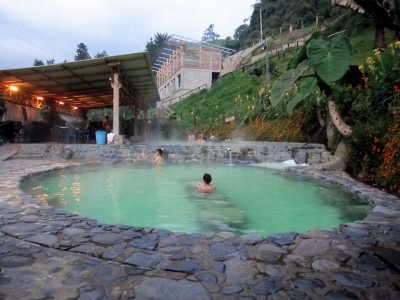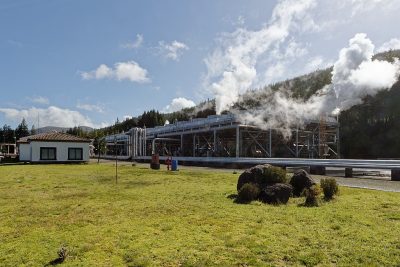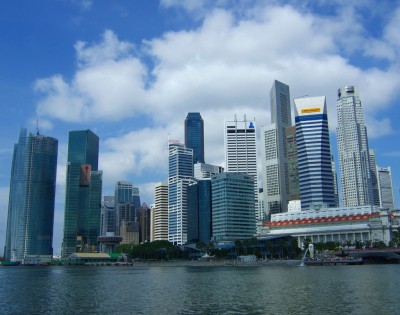Cornwall/ UK EGS project update
More details on the EGS project in Cornwall in the UK by EGS Energy.
We already published plans in the UK to develop an own EGS project in Cornwall. Now more detailed plans were published in The Guardian.
The article talks about that the plant would initially “supply the Eden Project (a rainforest, garden biome, basically a big greenhouse fun park) in Cornwall but could potentially feed spare carbon-neutral electricity into the National Grid.
Eden and its commercial partner claim, EGS Energy, believe this is the first in a series of projects that could lead to Cornwall’s “hot rocks” supplying up to one-tenth of the UK’s electricity.
The government is watching the plans closely and Ed Miliband, the secretary of state for energy and climate change, attended the launch of the scheme in Westminster.
Matt Hastings, Eden’s energy manager, said: “It’s a massively exciting project – a way of making sure Eden has a source of green power but also of feeding heat and power into the local community and into the National Grid. We will only need a quarter or a fifth of the electricity that will be generated. Cornwall leads the way in wind and wave energy technology. Now we’re trying to do the same in geothermal power.”
For many centuries geothermal power has been used by humans but only when it bubbled or spurted naturally to the surface in the form of hot springs.
Scientists have long looked for reliable and practical ways of drilling down into hot rocks and harnessing the power of the heat that is found there naturally.
Cornwall is considered an ideal location for a “hot rocks” project because its granite outcrops are relatively close to the surface – around 4km (two and a half miles) down.
If it gets planning permission, the power plant at Eden will consist of two boreholes, both between 3km and 4km deep, built within the same disused clay quarry as the centre.
Water will be pumped into an injection hole and then allowed to percolate through the hot rocks and heat up. The water will then be pumped back out through a second hole, returning to the surface at around 150C. The heated water will be converted into electricity via a heat exchanger.
The remaining heat in the water can be used to heat local buildings, hopefully not just at Eden but in surrounding areas. Spare heat could be used by Eden for growing exotic fruit and vegetables out of season or possibly in a spa.
It is estimated that the plant, which could be ready by 2012, could generate enough electricity to supply the equivalent of almost 5,000 homes.
A spokesman said: “The energy would be 100% controllable and on an industrial scale. Above all, compared to other clean technologies, it has a small footprint above ground, and since it consists of a closed loop system its potential negative environmental impact is small.”
Tim Smit, the chief executive of the Eden Project, said it was a “pioneering” scheme. He added: “Powering the Eden Project site from a renewable source of energy is clearly a priority for us.”
A great deal of research on hot rocks was carried out in Cornwall in the 1970s-80s. The potential for a plant was clear but none built. A plant has been built in Germany and scientists across the world from the US to Asia and Australia are looking at ways of harnessing the huge sources of power that lie beneath the earth.
There is a geothermal plant in Southampton that supplies hot, treated water to a number of customers in the city centre but the Eden scheme is different because the heat would be converted into electricity.
Roy Baria, technical director of EGS Energy and formerly deputy project director at the Rosemanowes “Hot Rocks” project in Cornwall, said he hoped to take engineered geothermal systems from “academic exercise to commercial reality.”
He added: “With the geology in the vicinity of the Eden Project being ideal for creating our power plant and its reservoir, we would not only expect to be able to supply virtually all of the Eden Project’s power and heat requirements but generate surplus power that could be fed into the grid to help meet the government’s CO2 reduction and renewable generation targets.”
Source: The Guardian (UK)











